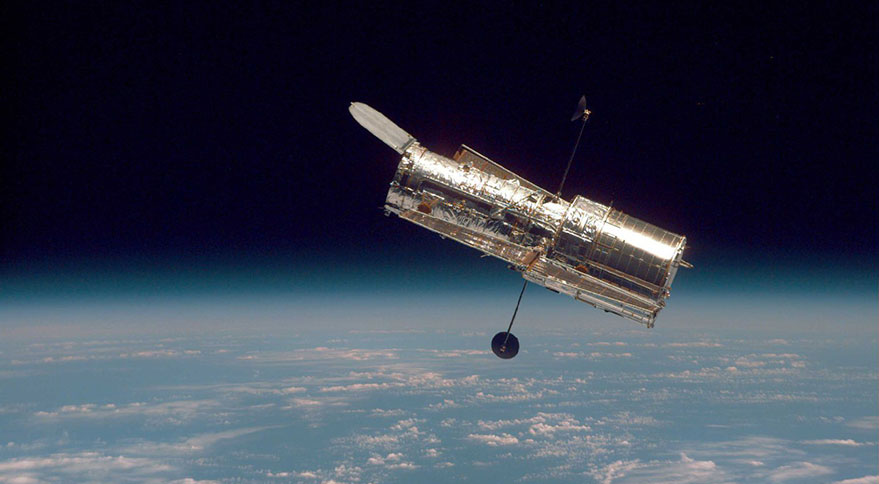
KNOXVILLE, Tenn. — Engineers have made progress correcting a faulty gyro on the Hubble Space Telescope, making NASA optimistic the space telescope can resume normal operations in the near future.
Hubble has been in safe mode since the failure of the third of its six gyroscopes Oct. 5. While the telescope can operate normally with just three gyros, one of those three was not functioning properly, reporting rotation rates far higher that actual levels. NASA said at the time that the problem prevented the gyro from accurately tracking small movements of the observatory.
In a presentation at the Oct. 22 meeting of NASA’s Astrophysics Advisory Council, Paul Hertz, director of NASA’s astrophysics division, said engineers had made progress in correcting what are known as “high bias rates” with the faulty gyro, designated gyro 3.
Engineers, he said, have been “changing some of the controls on gyro 3 and have succeeded in reducing the anomalous high bias rates to rates which may be in the usable range.” Additional tests are underway to see if the rates remain in that acceptable range.
“If all that were to bear out, then we would be able to return Hubble to science mode using all three gyros,” he said. He didn’t give a timeframe for resuming normal operations, but said that he expected those engineering tests to continue through this week.
Hubble is able to operate on only a single gyro, a plan Hertz said was developed over the last several years in anticipation of gyro failures. Hubble would shift into one-gyro mode once it has two working gyros left, using one and then the other to maximize Hubble’s lifetime.
Hertz acknowledged there are drawbacks to using Hubble in a one-gyro mode. “A smaller fraction of the sky is available,” he said, as well as limits on simultaneous or time-constrained operations. “We can do Hubble-quality science, in a smaller fraction of the sky, when we go to one-gyro mode.”
Another NASA space telescope, the Chandra X-Ray Observatory, also suffered a failed gyro Oct. 10 that triggered a safe mode. Hertz said he expects Chandra to resume normal operations some time this week after the completion of engineering tests calibrating the spacecraft’s other gyros.
Unlike Hubble, Chandra has had much better luck with its gyros, with no problems since its launch in 1999. “It had never lost a gyro in 19 years” until this failure, he said. The spacecraft launched with four gyros and can operate on just two.
Despite the coincidental timing, Hertz said there was no evidence the failures of the Hubble and Chandra gyros are related in any way. “They’re completely different gyros,” he said.
Read Again NASA makes progress on fixing Hubble gyro : https://ift.tt/2SacpBSBagikan Berita Ini














0 Response to "NASA makes progress on fixing Hubble gyro"
Post a Comment